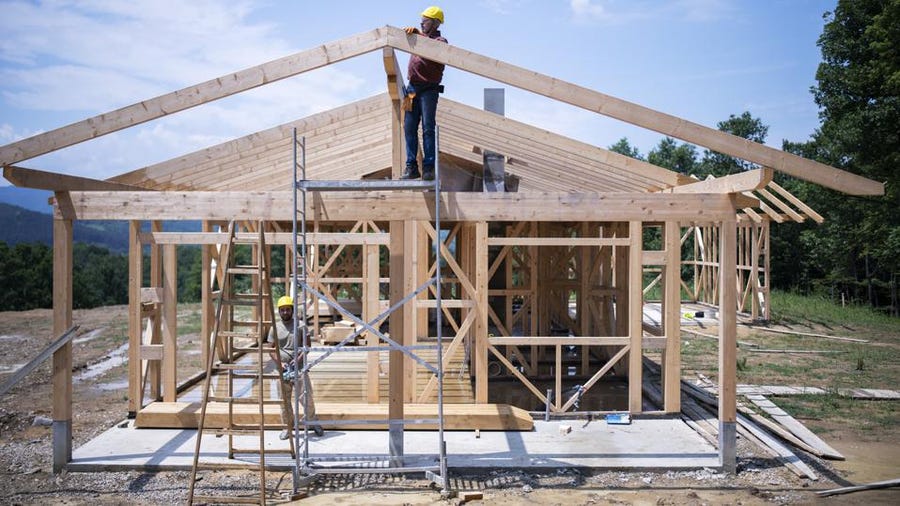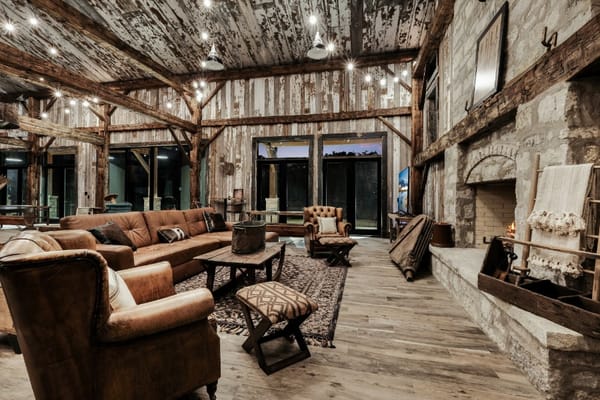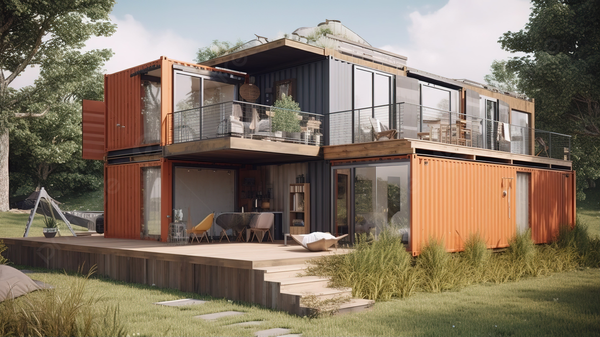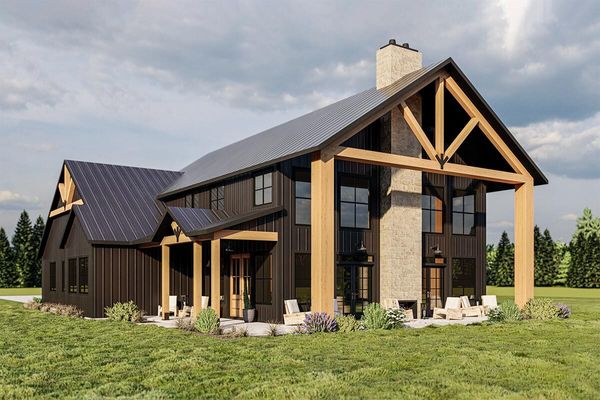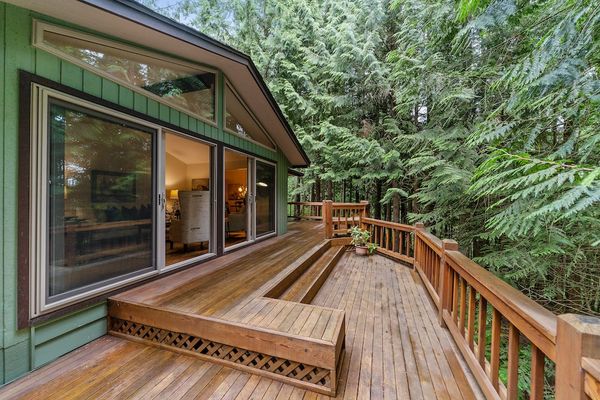When you are building your home, it is important to consider all of your options. There are many different types of houses that you can choose from, and each has its own benefits and drawbacks.
In this blog post, we will discuss six of the most popular types of houses that people build their homes from. We will go over the pros and cons of each type so that you can make an informed decision about which one is right for you!
Types of House Structure
When considering building a new home, it's essential to explore different types of house structures. Each type offers unique characteristics, advantages, and challenges. Here are six common types to consider:

1. Apartment
An apartment is a single living space within a larger building, typically offering shared amenities. These are often available for rent.
Pros:
- Lower maintenance
- Access to shared amenities
- Often more affordable in urban areas
Cons:
- Limited space and customization
- Close proximity to neighbors
- Often subject to monthly rent and rules set by a landlord

2. Condo (Condominium)
Similar to an apartment, a condo is a private residence within a larger building or complex, but typically owned rather than rented.
Pros:
- Ownership of the unit
- Access to shared amenities
- Less maintenance than a single-family home
Cons:
- Homeowners Association (HOA) fees
- Closer living quarters with neighbors
- Potential restrictions on renovations
3. Co-op (Housing Cooperative)
In a co-op, residents don't own their specific unit but instead own shares in the entire building, giving them the right to live in a unit.
Pros:
- Often more affordable than condos
- Strong sense of community
- Shared decision-making
Cons:
- Strict approval process
- Shared financial responsibility
- Less autonomy than owning a condo or house

4. Single-Family Home
A detached home designed for one family, offering private ownership of the house and the land it's on.
Pros:
- More privacy and space
- Freedom to customize and renovate
- Potential for property value appreciation
Cons:
- Higher maintenance responsibilities
- Usually more expensive
- More significant upfront investment

5. Townhome
A townhome is a multi-floor home that shares one or more walls with adjacent properties but has its own separate entrance.
Pros:
- More affordable than single-family homes
- Often come with certain maintenance services
- Sense of community
Cons:
- Less privacy than a single-family home
- HOA fee
- Limited outdoor space

6. Tiny Home
A tiny home is a small house, often mobile, that prioritizes simplicity and efficient use of space.
Pros:
- Affordability and mobility
- Lower environmental impact
- Less maintenance
Cons:
- Extremely limited space
- Potential zoning and legal challenges
- Limited resale market
Each of these house structures offers a unique living experience. Consider your lifestyle, budget, and preferences when choosing the type that's best for you.
Types of House Style
Exploring various house styles is an essential step in determining the aesthetic and functional aspects of your new home. Here’s a comprehensive list of popular house styles, each with its own unique charm and characteristics:
:strip_icc()/GettyImages-469432252-3a4c307c981244e186f129f24cc8c89f.jpg)
1. Cape Cod
This style originated in 17th century New England and is known for its simplicity and symmetry. Cape Cod homes are usually one or one-and-a-half stories, with steep pitched roofs, gabled dormers, and large central chimneys. The exteriors are typically clad in wood siding or shingles.
Pros:
- Cozy and efficient design
- Often has a timeless charm
Cons:
- Limited space
- Often has low ceilings and small rooms
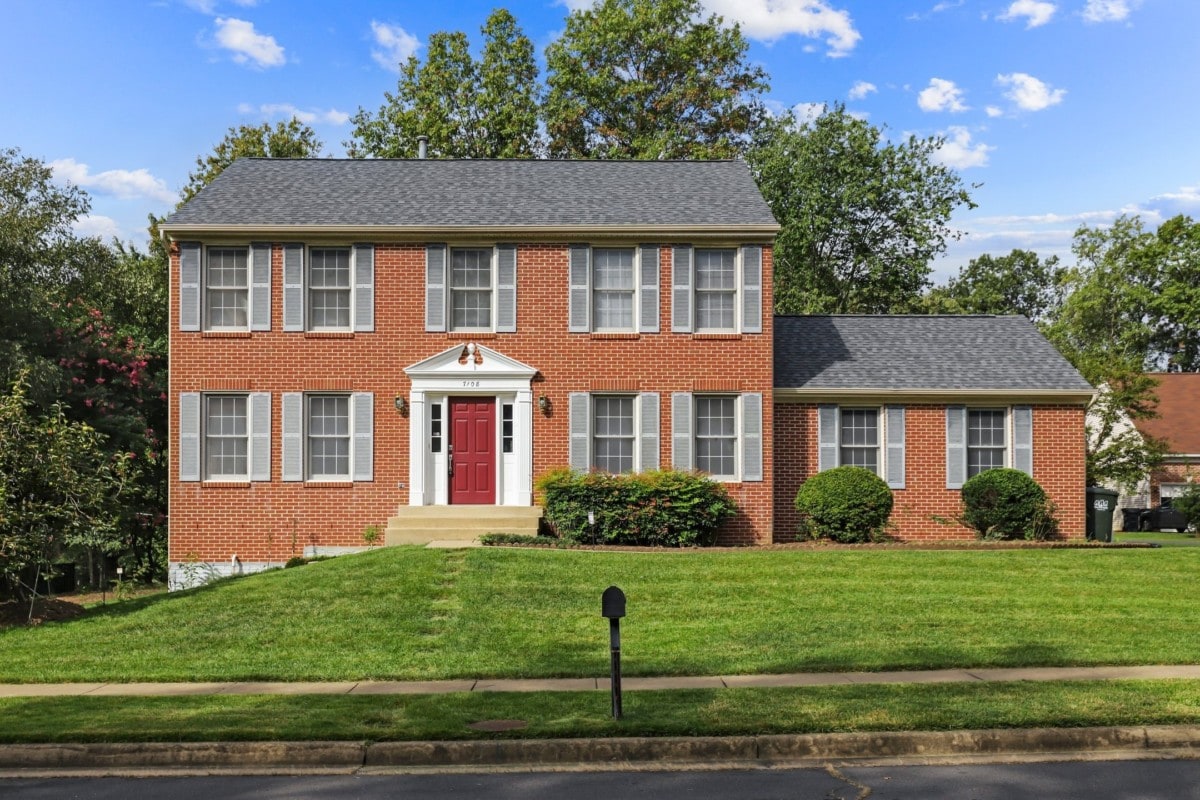
2. Colonial
Colonial architecture is deeply rooted in American history and is characterized by its symmetry and classic proportions. These homes usually have two or three stories, a rectangular shape, and a centered front door flanked by multi-pane windows. The style reflects various European influences, particularly British, French, and Spanish.
Pros:
- Spacious
- Classic design
- Usually has two or three stories
Cons:
- Can be expensive to maintain
- Often requires more furniture due to size
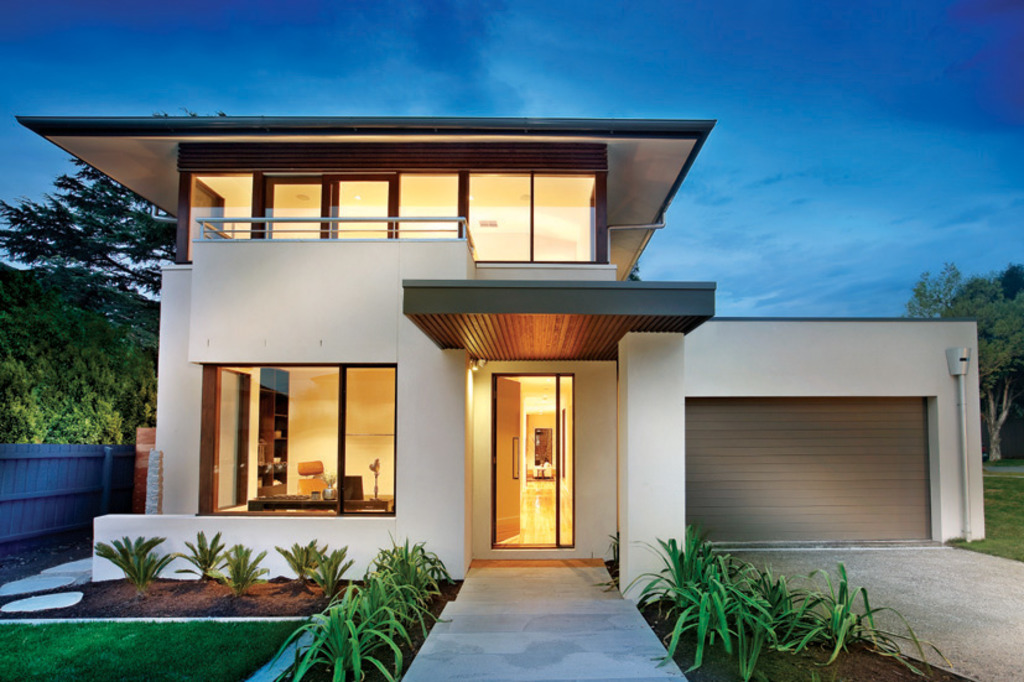
3. Contemporary
Contemporary architecture is a broad term that encompasses various styles that reflect current building trends. It's characterized by its innovative use of materials, clean lines, open floor plans, and large windows. These homes often incorporate sustainable and eco-friendly technologies.
Pros:
- Energy-efficient
- Natural light
- Open floor plans
Cons:
- Can be costly to build
- May feel too stark or cold

4. Federal
The Federal style, also known as Federalist or Adam style, emerged in the United States around the time of the Revolutionary War. It's characterized by its refined decorations, symmetry, and use of classic Greek and Roman elements like columns and pediments.
Pros:
- Elegant and timeless design
- Often with historic value
Cons:
- Can be expensive to renovate and maintain
- Less energy efficient

5. Craftsman
Originating in the early 20th century, the Craftsman style emphasizes handcrafted elements and natural materials. These homes are known for their low-pitched gable roofs, wide eaves with triangular brackets, large front porches, and handcrafted stone or woodwork.
Pros:
- Durable and high-quality materials
- Charming and detailed design
Cons:
- Can be costly due to the level of detail and craftsmanship

6. Greek Revival
Inspired by the architecture of ancient Greece, Greek Revival homes became popular in the United States in the early 19th century. They feature tall columns, symmetrical facades, gabled or hipped roofs, and often use white or light-colored exteriors to mimic Greek temples.
Pros:
- Grand and elegant appearance
- Often has large, airy rooms
Cons:
- Maintenance can be extensive
- Style may not suit all neighborhoods
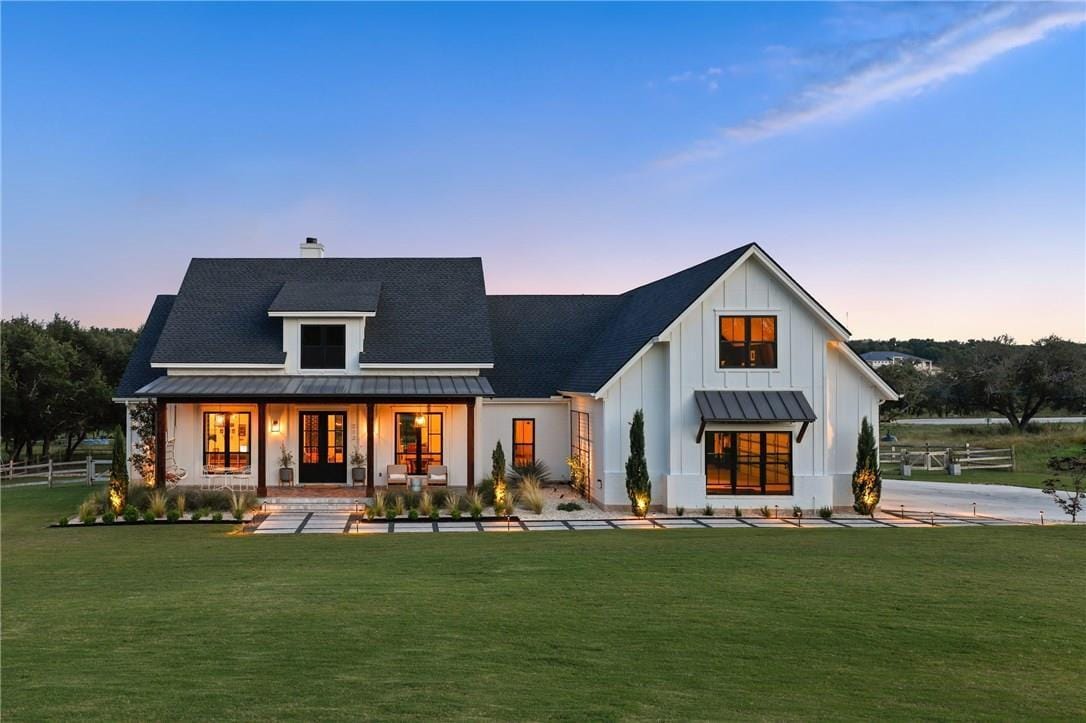
7. Farmhouse
The Farmhouse style is characterized by its functional simplicity and rural charm. These homes often feature straightforward, rectangular designs, large covered porches, and practical interiors. The style is known for being unpretentious and hardworking, reflecting the lifestyle of early American settlers.
Pros:
- Cozy, family-friendly layout
- Often with spacious kitchens
Cons:
- Sometimes located in more rural areas
- Can lack modern amenities
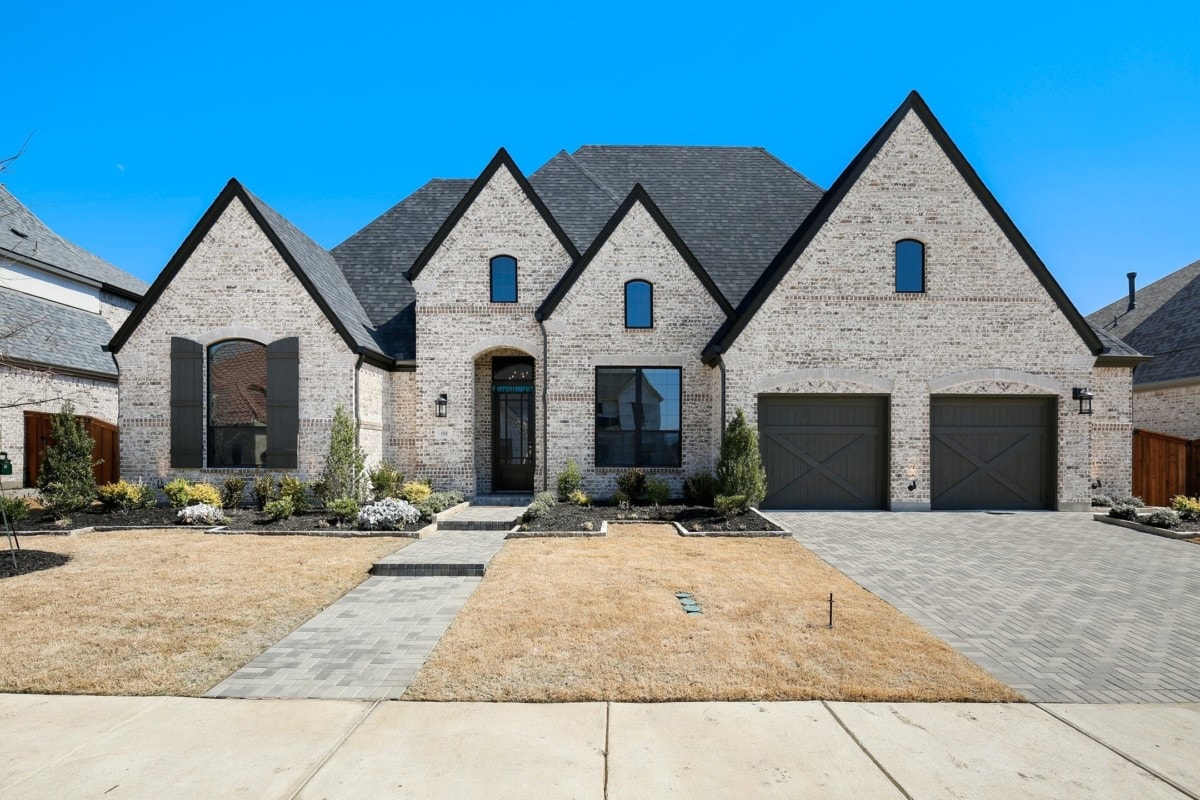
8. French Country
French Country style combines rustic elements with refined details, reminiscent of homes in the French countryside. It features soft, earthy colors, curved arches, and is often characterized by stone exteriors and steep, hipped roofs.
Pros:
- Elegant and timeless
- Often features beautiful gardens
Cons:
- Can be expensive to build and maintain

9. Mediterranean
Influenced by the architecture of countries around the Mediterranean Sea, this style is characterized by stucco walls, red tiled roofs, arches, and an emphasis on indoor-outdoor living. The design often includes courtyards, balconies, and lush gardens.
Pros:
- Ideal for warm climates
- Often has spacious open floor plans
Cons:
- Not well suited for cold climates
- Can be expensive to build

10. Midcentury Modern
Emerging in the mid-20th century, this style is known for its clean lines, large windows, and integration with nature. Midcentury Modern homes often feature open floor plans, flat planes, and a strong emphasis on bringing the outdoors in.
Pros:
- Aesthetic appeal
- Large windows for natural light
Cons:
- Can require specific vintage or custom furniture to match the style
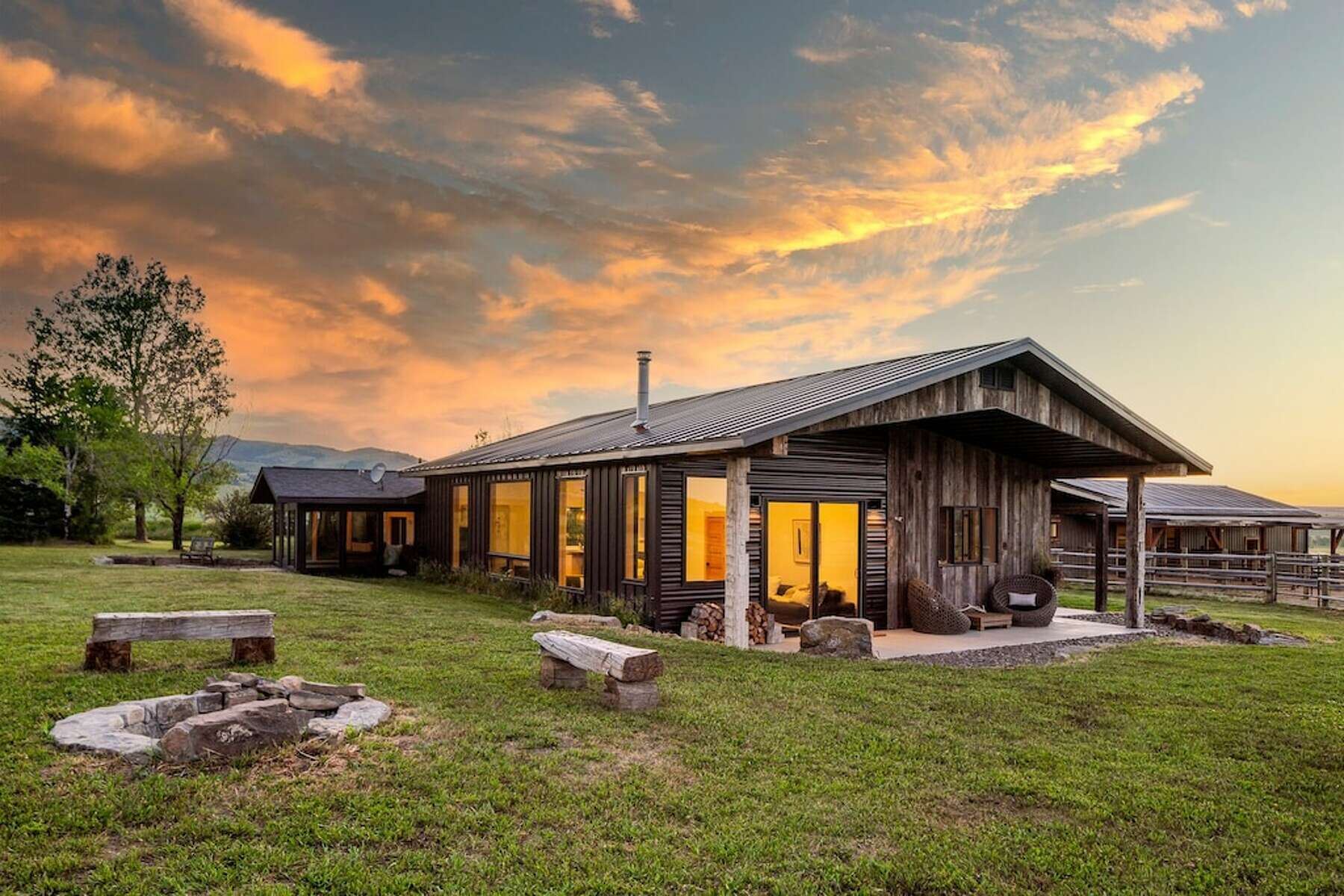
11. Ranch
Ranch style homes are typically single-story with a low roofline, large windows, and an open floor plan. Originating in the United States, the style is known for its long, close-to-the-ground profile and minimal exterior decoration.
Pros:
- Easy accessibility
- Often less expensive to build
Cons:
- Can require a larger lot
- Often lacks formal spaces
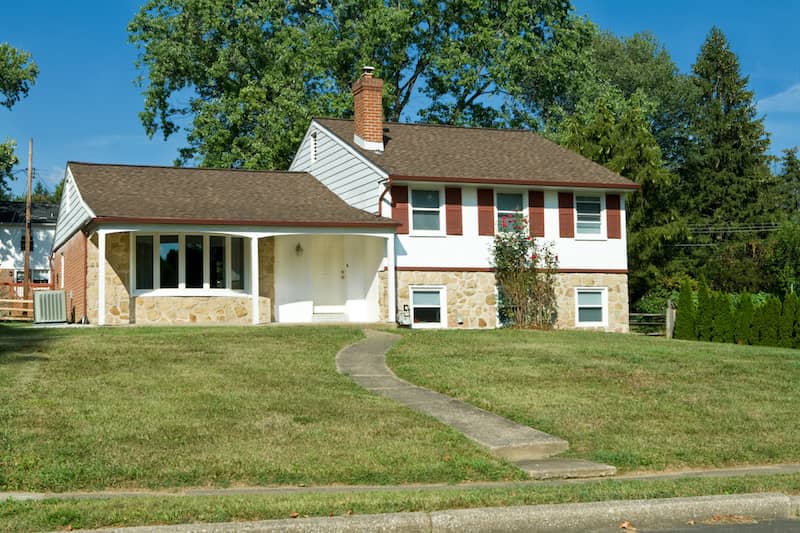
12. Split-level
Split-level homes are a variation of Ranch style but with staggered floor levels. This style became popular in the 1950s and 1960s, offering a separation of living spaces (like bedrooms and living rooms) without a full second story.
Pros:
- Efficient use of space
- Separation of living areas
Cons:
- Can feel segmented
- Often has stairs which might not suit everyone
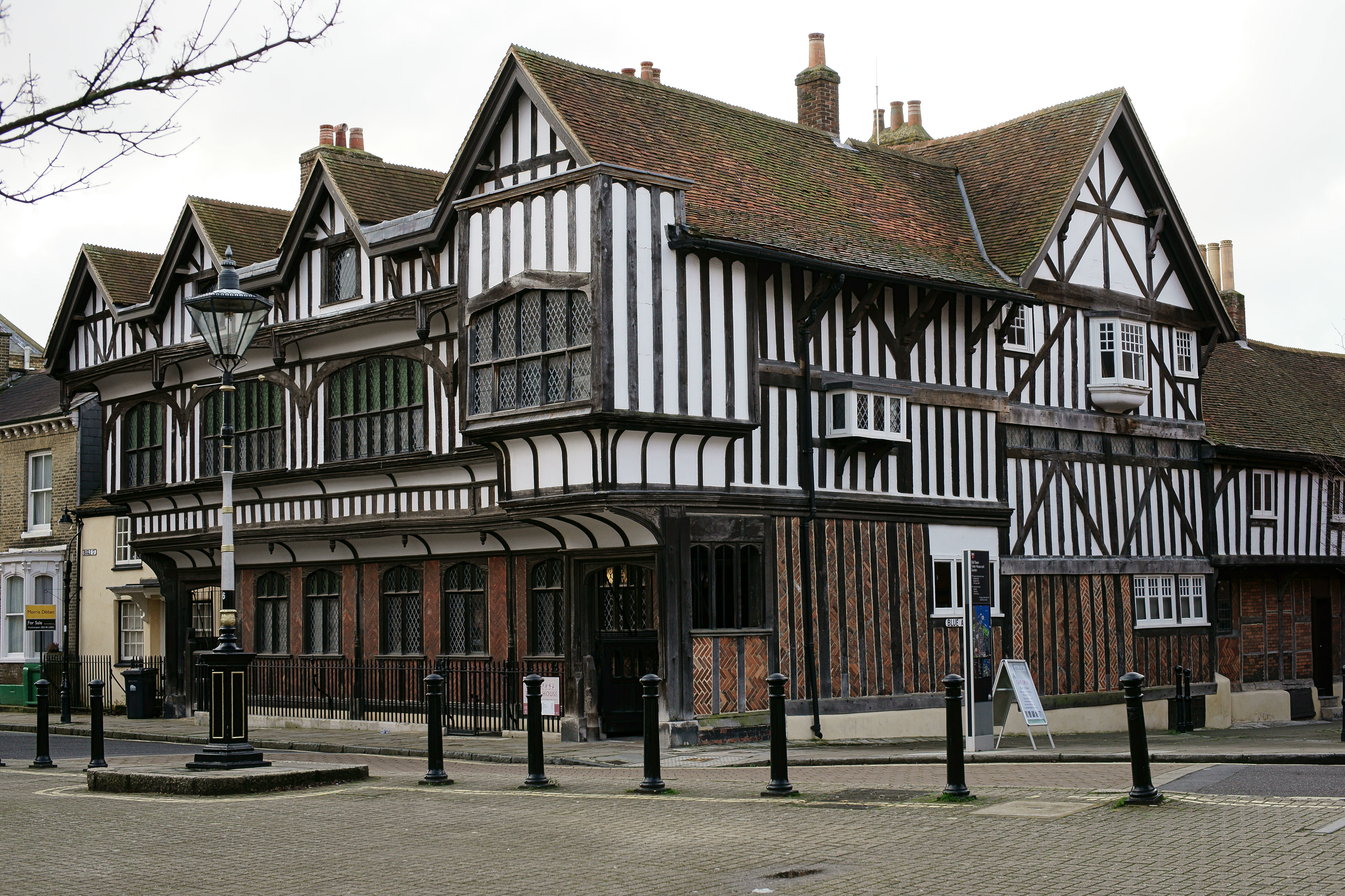
13. Tudor
Tudor style is a revival of English architecture from the 16th century. It's characterized by steeply pitched roofs, decorative half-timbering, embellished doorways, and leaded glass windows. Tudor homes often have a medieval look with a combination of brick, stone, and wood exteriors.
Pros:
- Distinctive and historic style
- Often with a cozy interior
Cons:
- Can be expensive to maintain
- Often less energy efficient

14. Victorian
Victorian architecture emerged in the late 19th century during Queen Victoria's reign. These homes are known for their ornate detailing, vibrant colors, asymmetrical design, and complex rooflines. Victorian homes often include towers, turrets, and bay windows.
Pros:
- Unique and ornate design
- Often has spacious interiors
Cons:
- Maintenance can be labor-intensive and expensive
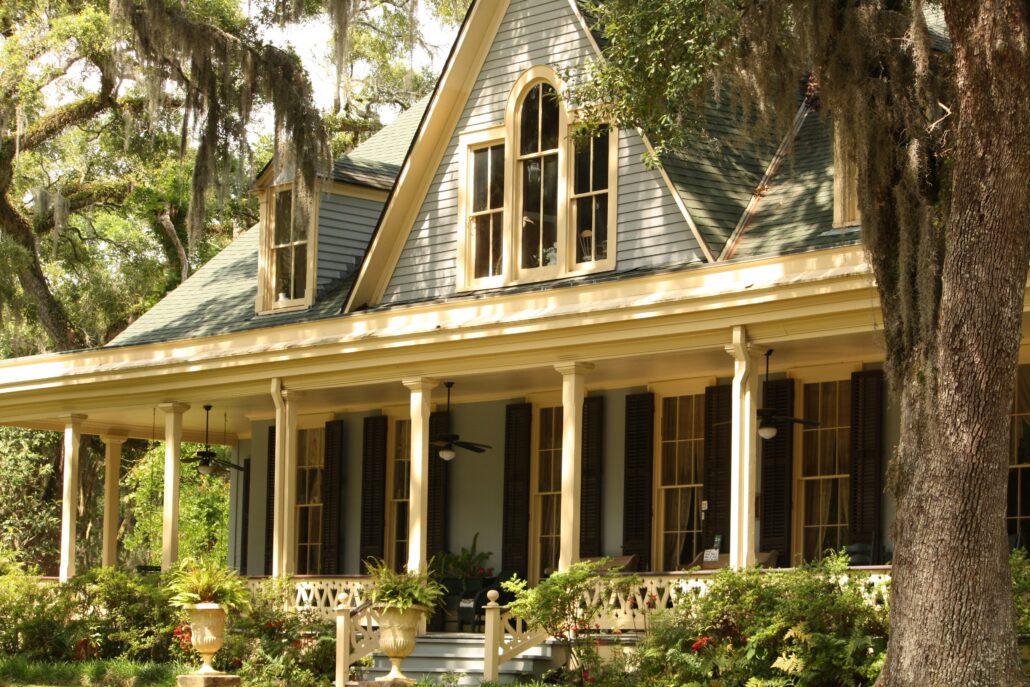
15. Cottage Style
Cottage style homes are quaint and cozy, often featuring steeply pitched roofs, cross gables, and casement windows. The exteriors are typically clad in natural materials like stone or wood, and the interiors are intimate and comfortable.
Pros:
- Ideal for small families or single individuals
- Often affordable
Cons:
- Limited space
- Often not suited for larger families
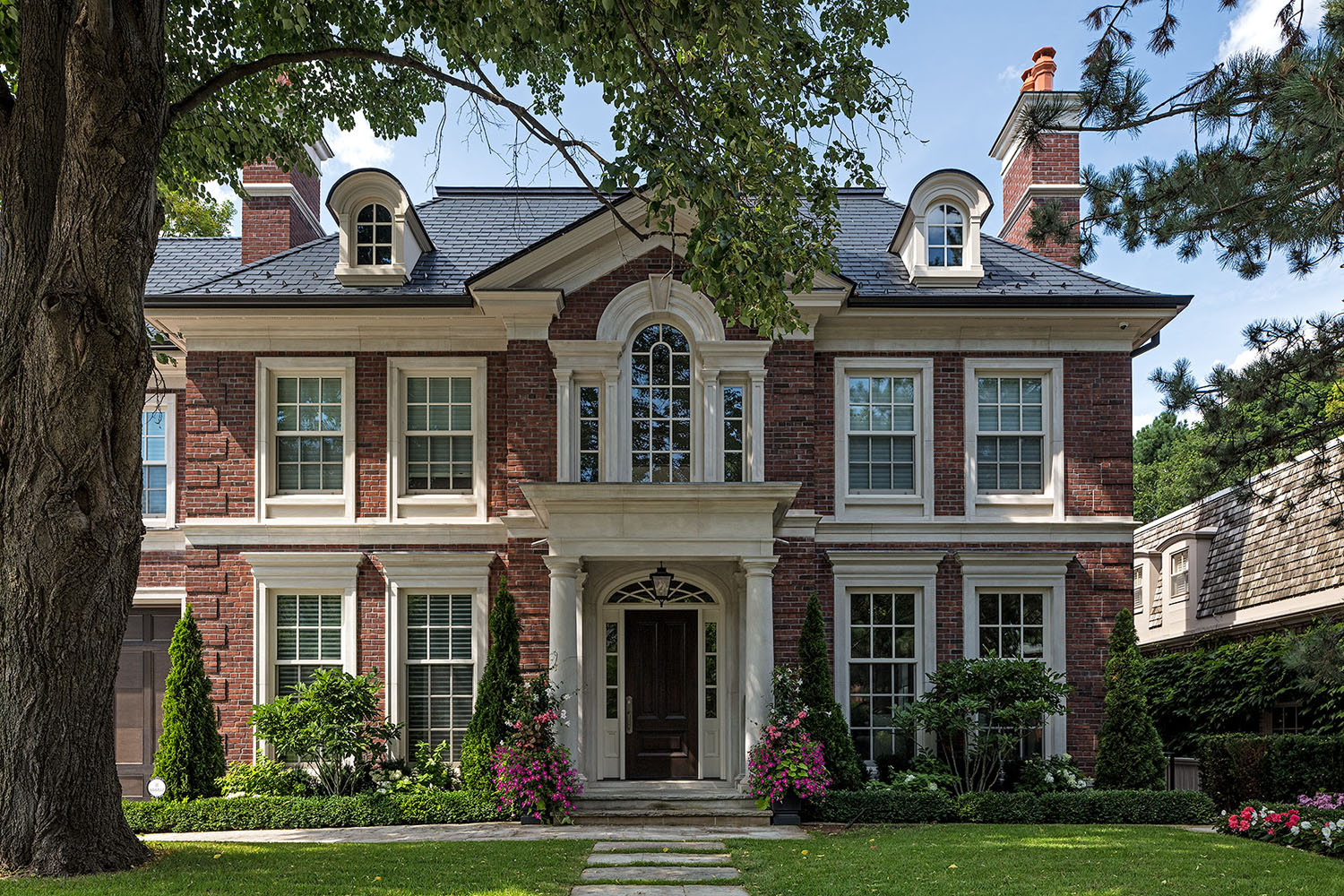
16. Georgian
Georgian architecture is characterized by its symmetry, classic proportions, and decorative elements like pediments, columns, and shutters. These homes are often rectangular, two to three stories, and made with brick or stone.
Pros:
- Elegant and timeless
- Often with spacious interiors
Cons:
- Can be expensive to maintain
- Often less energy efficient
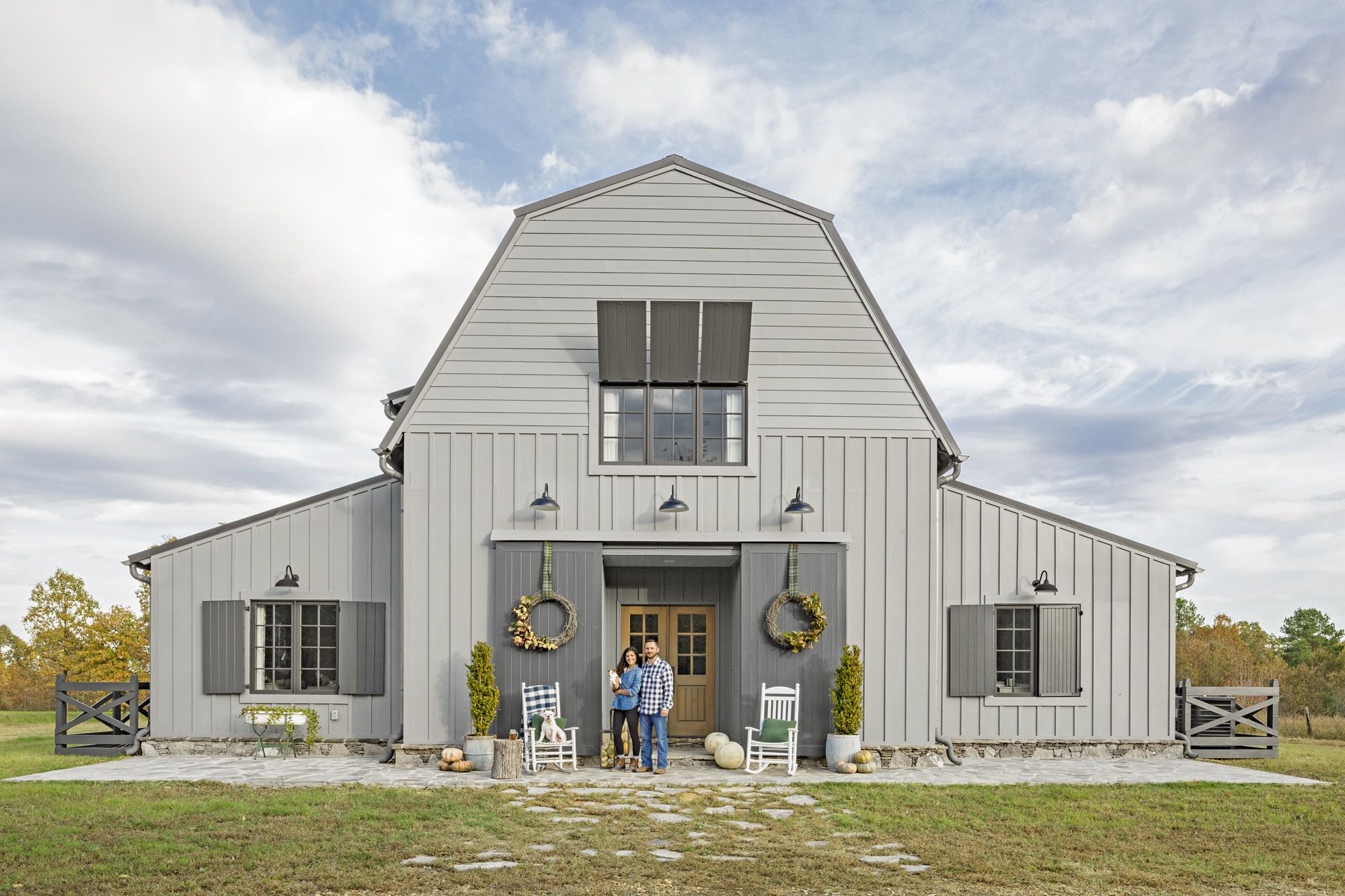
17. Barn Home
Barn homes are becoming increasingly popular and offer a unique, rustic look. They are usually built from a combination of wood and stone and feature large windows for plenty of natural light. Namely, you can find pole barn homes kits that make the construction process easier.
Pros:
- Unique and spacious
- Often with a rustic charm
Cons:
- Can be costly to heat or cool due to large open spaces
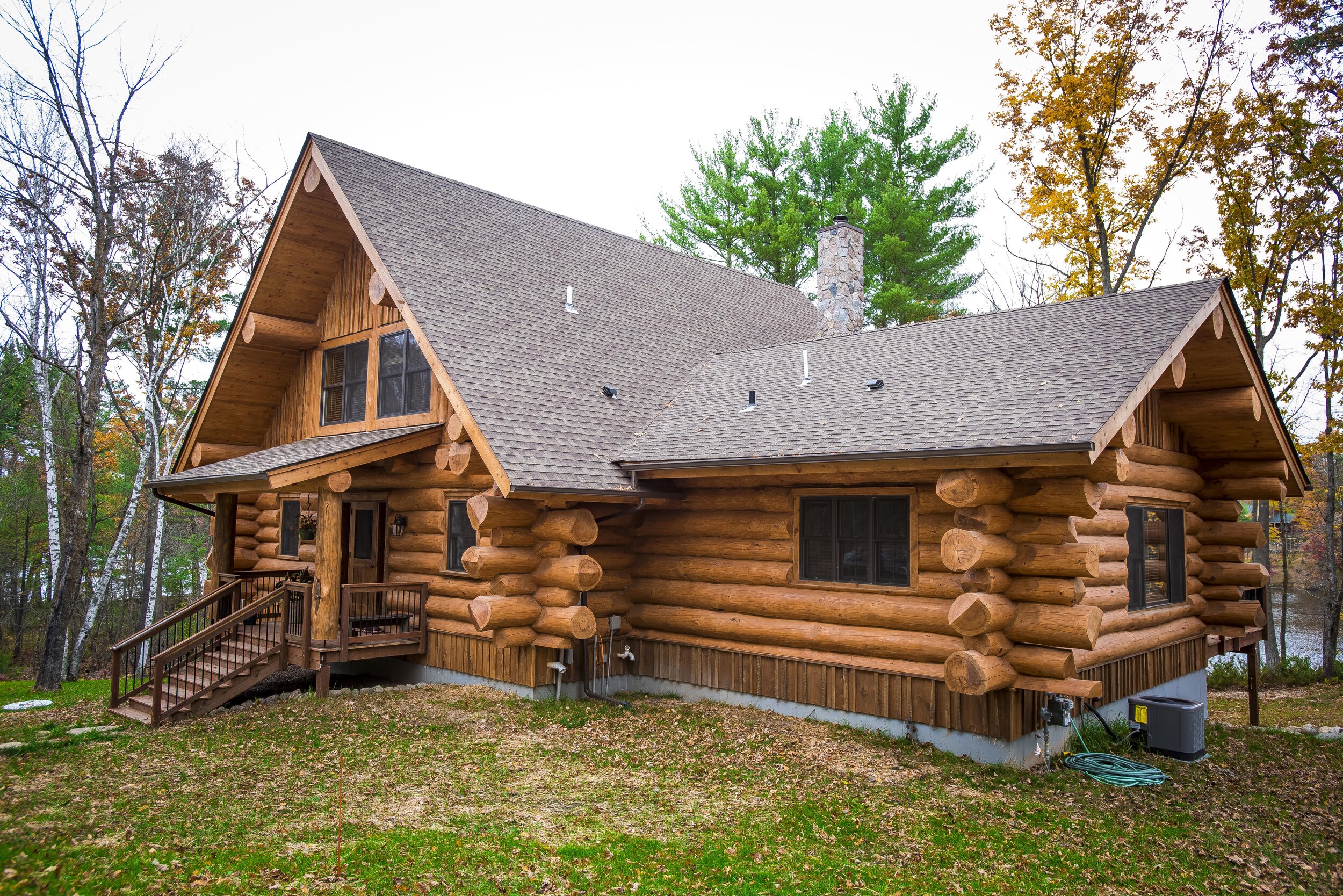
18. Log Cabin
Log cabins are small houses made from logs. This style is known for its rustic charm, simplicity, and connection with nature. Modern log cabins can range from simple, traditional structures to luxurious homes with contemporary amenities.
Pros:
- Strong connection with nature
- Often energy efficient
Cons:
- Maintenance of wood can be high
- Rustic style may not suit everyone
Conclusion
As you finalize your journey through the diverse and captivating world of architectural styles, it's vital to reflect on the unique qualities and key features that each house style brings to the table. Whether you're drawn to the Cape Cod Style or the Victorian Era homes, characterized by their ornate detailing and vibrant colors, there's a style to suit every preference. For those seeking a more modern approach, contemporary homes, with their emphasis on large windows and flat roofs, offer a sleek and innovative living space. Meanwhile, the modern farmhouse style has gained popularity for blending rustic charm with modern comforts, creating a warm and inviting atmosphere.
These styles, along with the timeless appeal of French country homes and the handcrafted beauty of the craftsman style, illustrate the rich tapestry of designs available to homeowners. Considering the functional aspects of house styles is equally important. For instance, colonial style homes, often recognized by their rectangular shape and multi-pane windows, offer a traditional aesthetic and spacious interiors, making them a perennial favorite among families. Ranch style homes, typically one story and known for their long, low-pitched roofs, provide an accessible and open living space, ideal for those who prefer a more laid-back lifestyle.
Each style, from the single family home with just one or two walls shared with neighbors in townhome configurations to the private, own entrance of detached homes, caters to different needs and lifestyles. As you contemplate building or buying your dream home, remember that the house style you choose is more than just an aesthetic decision—it's a reflection of your lifestyle and a place where memories will be made for years to come.

